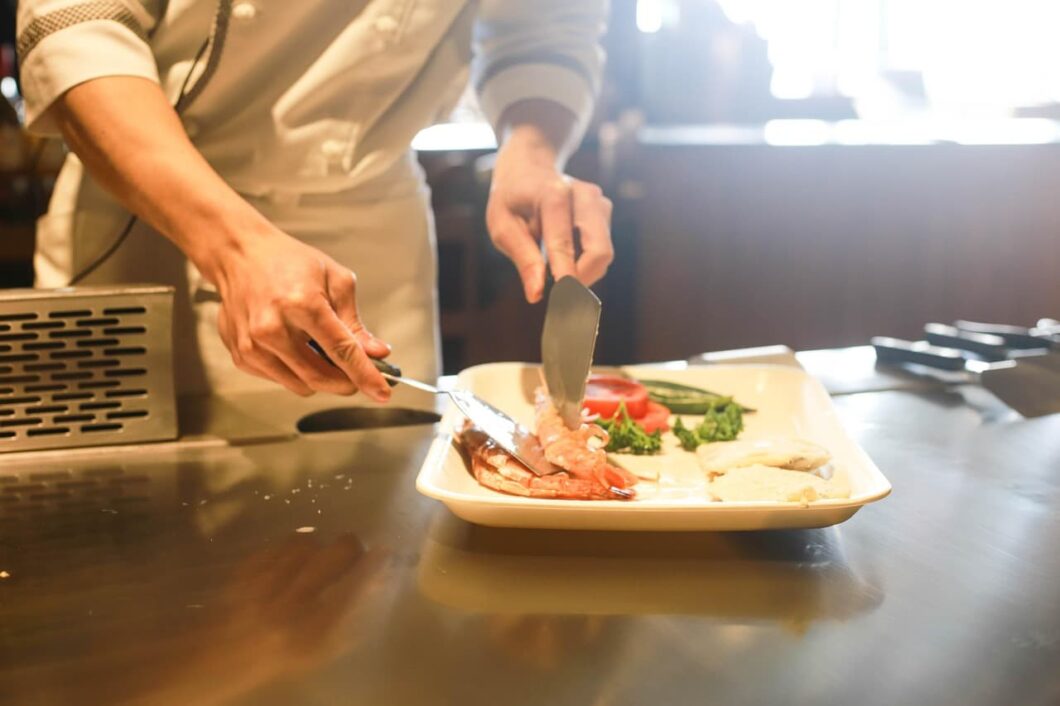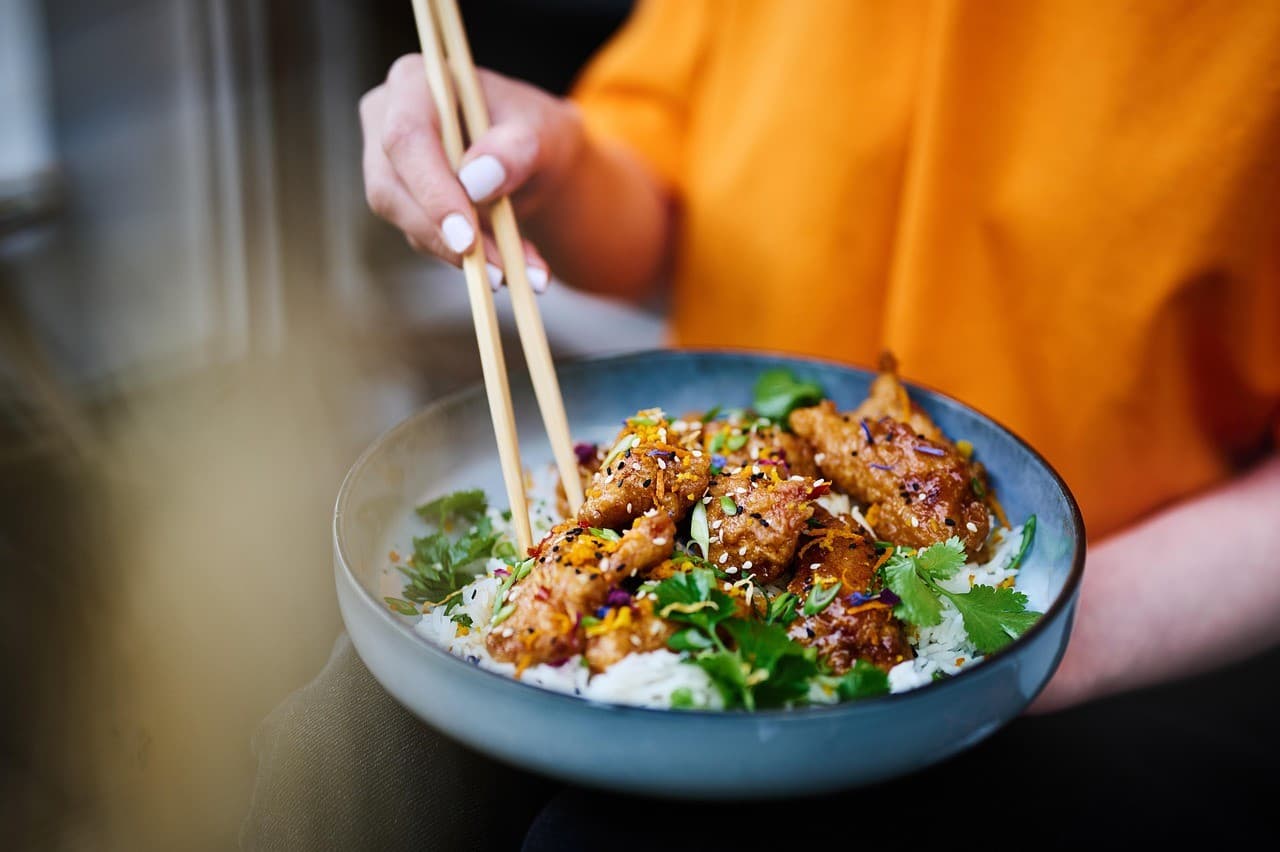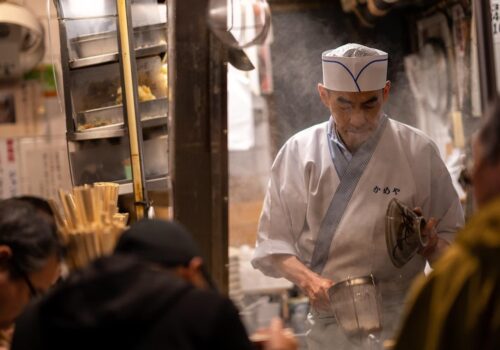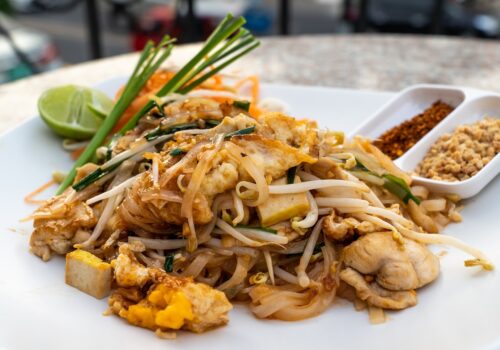Thai Restaurants of America: A Journey Through Flavor and Culture
Over the past few decades, Thai cuisine has become a beloved staple across the United States. From bustling cities like Los Angeles and New York to suburban neighborhoods and small towns, Thai restaurants have firmly planted their roots in American dining culture. Whether it’s the comforting warmth of Pad Thai, the creamy heat of Panang curry, or the tangy freshness of Som Tum (green papaya salad), these vibrant dishes offer Americans an adventurous yet accessible introduction to Southeast Asian flavors.
But Thai restaurants in America are more than just places to eat—they’re cultural bridges. They serve up more than food; they bring tradition, family, and heritage to the table. This article explores the story of Thai cuisine’s growth in the U.S., the authenticity and evolution of its dishes, and the role these restaurants play in both the Thai-American community and the broader culinary landscape.
The Rise of Thai Cuisine in America
The arrival of Thai cuisine in America can be traced back to the mid-20th century, when the first wave of Thai immigrants began settling in urban areas. However, it wasn’t until the 1980s and 1990s that Thai food truly gained widespread popularity. This boom coincided with a growing American interest in global flavors and the emergence of fusion food trends.
Governmental support from Thailand also played a unique role in spreading Thai cuisine internationally. Thailand’s government launched a program known as “Global Thai” in the early 2000s with the goal of increasing the number of Thai restaurants worldwide. By offering culinary training and incentives, the Thai government helped promote Thai food as a cultural export—and America quickly became a key market.
Cities with large immigrant populations such as Los Angeles, San Francisco, Chicago, and Houston became hubs for authentic Thai food. Los Angeles, in particular, is known for its massive Thai Town—the first and only official Thai Town in the U.S.—boasting a dense concentration of Thai restaurants, markets, and cultural centers.
As Thai restaurants opened in new regions, they adapted to local preferences while still maintaining a strong connection to traditional cooking methods. Dishes like Pad Thai and red curry became menu mainstays, helping diners ease into more adventurous offerings like larb (a spicy meat salad), tom yum (hot and sour soup), and fermented fish sauces.
A Spectrum of Authenticity and Innovation

One of the most fascinating aspects of Thai restaurants in America is the wide spectrum they represent—from traditional, family-run kitchens that stick closely to centuries-old recipes to modern fusion spots experimenting with global influences.
Traditional Thai Restaurants
These establishments are often run by Thai families who brought recipes straight from their hometowns. Many of them emphasize balance—the cornerstone of Thai cooking, where sweet, salty, spicy, sour, and bitter flavors coexist in harmony. Ingredients like galangal, lemongrass, kaffir lime leaves, and fish sauce are staples, offering a truly authentic taste experience.
These restaurants often feature menus written in both Thai and English, with regional specialties such as Isaan-style grilled meats, Southern Thai coconut curries, and Northern-style khao soi. Dining in these spots can feel like stepping into a Bangkok street stall or a Chiang Mai family home.
Modern Thai Fusion and Trendy Spots
On the other end of the spectrum are trendy, chef-driven restaurants that reinterpret Thai flavors for a modern American palate. Here, you might find Thai tacos, lemongrass-infused cocktails, or even deconstructed curries served with artisanal breads. These spots tend to focus on presentation, innovation, and local sourcing.
Chefs like Kris Yenbamroong of Night + Market in Los Angeles or Jet Tila, a Thai-American chef and Food Network personality, have helped redefine how Thai food can be interpreted and presented in America. They’re part of a new generation of Thai restaurateurs blending culinary creativity with deep respect for their cultural heritage.
The Americanization of Thai Cuisine
Of course, with growing popularity comes adaptation. Many Thai restaurants have tweaked spice levels, reduced fermented flavors, and added sugar to make dishes more approachable to American palates. Some purists criticize this trend, but others argue it’s part of Thai food’s natural evolution in a new environment.
Still, many Thai-American chefs continue to push for greater education around what authentic Thai food really is. They emphasize regional diversity and resist the idea that Thai cuisine is limited to just a few popular dishes. Diners, in turn, are becoming more adventurous and willing to explore lesser-known flavors and preparations.
The Role of Thai Restaurants in Community and Culture
Thai restaurants serve as more than dining establishments—they are often cultural anchors for Thai-American communities. For many immigrants and their descendants, the restaurant business has provided a pathway to financial independence, community engagement, and cultural preservation.
Events such as Thai New Year (Songkran) are often celebrated in and around Thai restaurants, where food, music, and dance bring people together. Many Thai restaurant owners also support local temples, community groups, and language schools.
These spaces offer non-Thai patrons an immersive experience into Thai hospitality and values. The concept of “sanuk,” the idea that life should be fun and enjoyable, permeates not just Thai cooking but also the atmosphere of many Thai eateries. Warm welcomes, family-style dishes, and the joy of shared meals embody this spirit.
In a broader sense, Thai restaurants are also helping to shape America’s culinary identity. Just as Italian, Mexican, and Chinese cuisines became American mainstays, Thai food is carving its own space in the national dining psyche. From fast-casual chains to Michelin-starred destinations, Thai flavors are now part of the everyday American food experience.
Conclusion
Thai restaurants in America represent more than a growing taste trend—they’re a testament to cultural integration, entrepreneurial resilience, and culinary excellence. What started as niche mom-and-pop spots catering to Thai communities has blossomed into a nationwide phenomenon enjoyed by millions.
Whether you’re digging into a fiery green curry in a downtown eatery or grabbing takeout Pad See Ew in a small Midwestern town, you’re experiencing the flavor journey of a cuisine that has crossed oceans and bridged cultures. The next time you see “Thai” on the menu, know that it’s not just a meal—it’s a story.
As America’s palate continues to evolve, so too will the role of Thai restaurants. But their heart—rooted in family, tradition, and flavor—will remain the same. And for those lucky enough to savor it, the journey is as delicious as it is enlightening.





